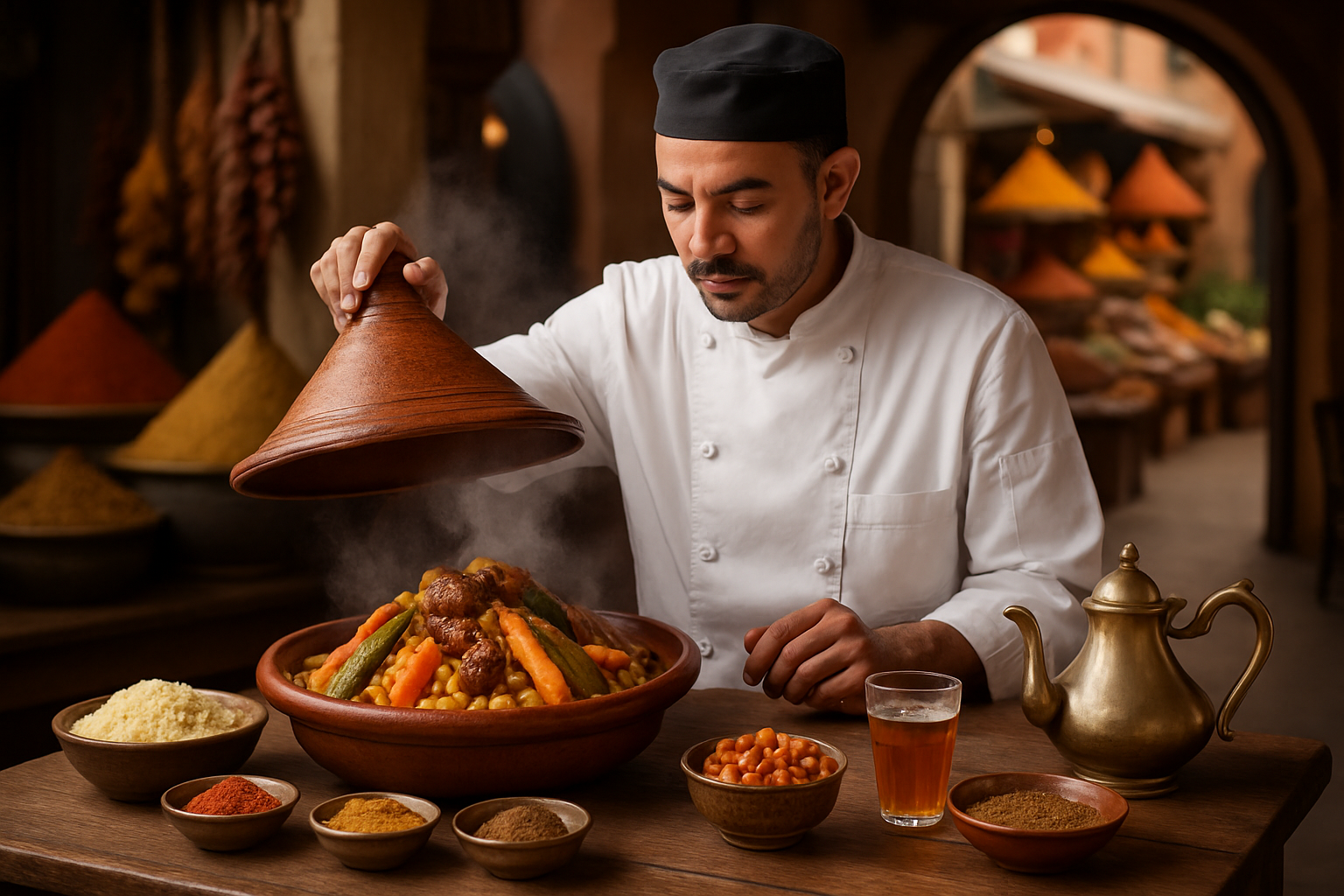Savoring Suriname: A Hidden Culinary Gem
Nestled on the northeastern coast of South America, Suriname's vibrant food scene remains largely undiscovered by global gastronomes. This melting pot of cultures offers a unique fusion of flavors, blending influences from indigenous peoples, African, Indian, Indonesian, Chinese, and Dutch cuisines. Let's embark on a mouthwatering journey through Suriname's culinary landscape.

One cannot discuss Surinamese food without mentioning roti, a flatbread of Indian origin that has become a national favorite. Served with curried chicken, potatoes, and chutney, Surinamese roti showcases the harmonious blend of Indian and Caribbean flavors. The dish exemplifies how imported culinary traditions have been adapted and transformed into something uniquely Surinamese.
Street Food Sensations
Suriname’s street food scene is a treasure trove of flavors waiting to be explored. Wandering through the bustling markets of Paramaribo, the capital city, you’ll encounter an array of tempting snacks and quick bites that reflect the country’s multicultural heritage.
Pom, a popular street food, is a casserole-like dish made with grated arrowroot and chicken, topped with a crispy crust. Its origins can be traced back to the Jewish community that settled in Suriname centuries ago. Another street food favorite is bakabana, ripe plantains that are battered, deep-fried, and served with a spicy peanut sauce – a delightful combination of sweet and savory.
The Amazonian Influence
Suriname’s vast rainforests contribute significantly to its cuisine, offering a variety of unique ingredients that are virtually unknown outside the region. Wild game meats, such as peccary and tapir, make occasional appearances in traditional dishes, providing a taste of the country’s untamed wilderness.
Forest fruits like maripa and awara are used in juices, jams, and desserts, adding exotic flavors to the Surinamese palate. The podosiri palm fruit, often referred to as açaí’s cousin, is gaining popularity for its nutritional benefits and is used in smoothie bowls and energy bars, showcasing how traditional ingredients are finding new life in modern cuisine.
Fusion at its Finest
Suriname’s culinary scene is constantly evolving, with innovative chefs blending traditional recipes with modern techniques and global influences. Restaurants in Paramaribo are experimenting with fusion cuisine, creating dishes that pay homage to the country’s diverse heritage while pushing culinary boundaries.
One such creation is the Surinamese sushi roll, which incorporates local ingredients like plantains and smoked fish into the Japanese staple. Another example is the reinvention of the classic Dutch stamppot (mashed potatoes with vegetables) using cassava instead of potatoes and adding Surinamese spices for a tropical twist.
Preserving Culinary Heritage
As Suriname’s food scene gains international attention, there’s a growing movement to preserve and promote traditional recipes and cooking methods. Local chefs and food historians are working to document and revive dishes that are at risk of being forgotten, ensuring that future generations can continue to enjoy the full spectrum of Surinamese cuisine.
Cooking classes and food tours are becoming popular among tourists and locals alike, offering hands-on experiences in preparing traditional dishes and exploring the stories behind them. These initiatives not only help preserve culinary traditions but also foster a deeper appreciation for Suriname’s rich cultural tapestry.
Tasty Tidbits: Suriname Food Facts
• Suriname is home to over 20 different ethnic groups, each contributing to the country’s diverse cuisine.
• The national dish of Suriname is pom, a fusion of Jewish and African culinary traditions.
• Kasiri, a traditional alcoholic beverage made from fermented cassava, is still produced by indigenous communities.
• Surinamese cuisine uses unique spice blends, including masala and trafasie, which combine various cultural influences.
• The Maroon communities of Suriname have preserved many African cooking techniques, including smoking meats over aromatic woods.
As Suriname’s culinary scene continues to evolve and gain recognition, it offers food enthusiasts a fascinating glimpse into a truly unique fusion of flavors. From street food stalls to high-end restaurants, the country’s diverse culinary landscape provides endless opportunities for gastronomic exploration. By embracing its multicultural heritage and innovative spirit, Surinamese cuisine is poised to take its rightful place on the global culinary stage, inviting food lovers worldwide to savor its hidden delights.




